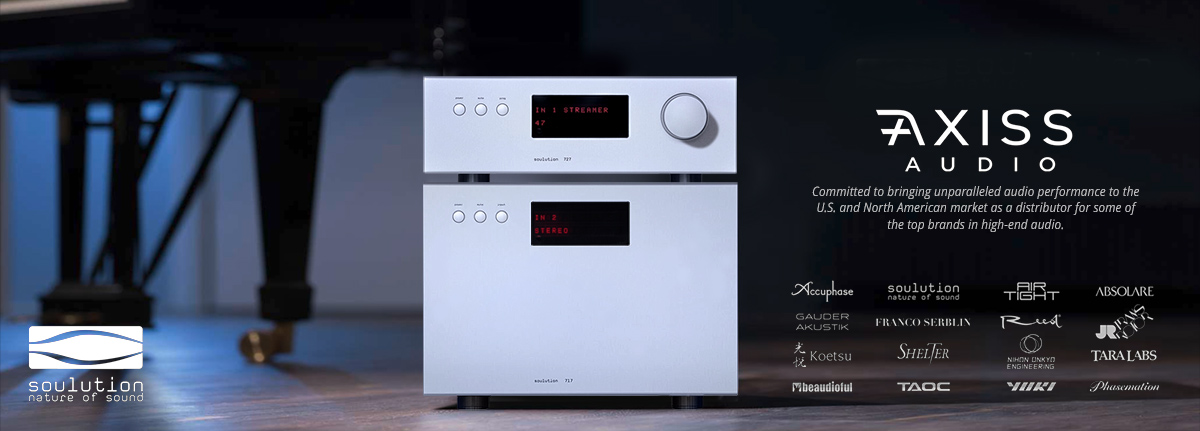Yes, you have stated that before, and I am not at all surprised. I followed Mike's system evolution for years on Audiogon and now here on WBF, and it is clear that years and much effort have gone into sorting it out. I strongly suspect that it shatters some strongly held audiophile beliefs, one of which is that SS is sterile sounding. But remember, not everyone feels that way about SS, especially Class A SS. I am a big supporter of "sweating the details". It is clear to me that Mike is as well.
Fortunately, DartZeel electronics are "tailored" - it is what John Atkinson calls this type of electronics in his recent Ypsilon Hyperion review measurements section. Herve Deletraz created a pattern of distortions that are not typical of solid state amplifiers but really sound great - it seems in 2012 JA was more tolerant than in 2018.
















